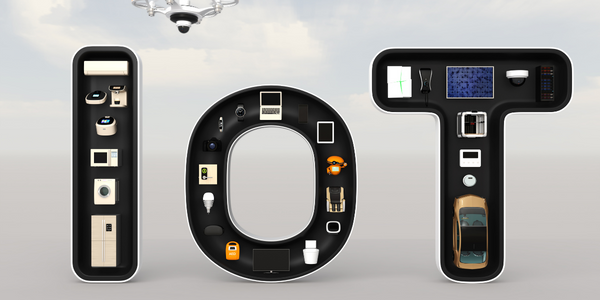Applicable Industries
- Electronics
- Equipment & Machinery
Applicable Functions
- Maintenance
- Sales & Marketing
Use Cases
- Inventory Management
- Time Sensitive Networking
Services
- System Integration
About The Customer
Skullcandy is a worldwide consumer electronics company specializing in audio products. With hundreds of SKUs and over 500 distributors and retailers globally, the company needed a versatile and efficient system to manage and share digital assets and product information to all stakeholders. The company has over 300 employees and was previously using internal systems like Dropbox and email for content management, which proved to be inefficient and unreliable.
The Challenge
Skullcandy, a global consumer electronics company, was facing a significant challenge in managing and sharing product content and digital assets with its hundreds of SKUs and over 500 distributors and retailers worldwide. The company was using internal systems like Dropbox and email for content management, which proved to be inefficient, unreliable, and time-consuming. The process of sharing, storing, and managing content was cumbersome and wasteful of valuable resources. Moreover, the idea of creating an in-house solution was deemed more problematic and maintenance-heavy than beneficial.
The Solution
Skullcandy adopted Amplifi's all-in-one Product Information Management (PIM) and Digital Asset Management (DAM) solution to streamline product content sharing for its internal teams and external retailers worldwide. This single-source system is designed for safe, accurate, and efficient product content management and sharing. Key features of the solution include product categorization and drilldown for marketing and creative teams, AI search functionality, easy kit exports for sales presentations and pitches, version control to keep outdated info and assets out of circulation, speedy digital import and file conversion tools, easy access and onboarding process, and a responsive customer support team. The solution has been fully adopted company-wide and has eliminated the need for tedious, repetitive, and time-consuming work.
Operational Impact
Quantitative Benefit

Case Study missing?
Start adding your own!
Register with your work email and create a new case study profile for your business.
Related Case Studies.

Case Study
Smart Water Filtration Systems
Before working with Ayla Networks, Ozner was already using cloud connectivity to identify and solve water-filtration system malfunctions as well as to monitor filter cartridges for replacements.But, in June 2015, Ozner executives talked with Ayla about how the company might further improve its water systems with IoT technology. They liked what they heard from Ayla, but the executives needed to be sure that Ayla’s Agile IoT Platform provided the security and reliability Ozner required.

Case Study
IoT enabled Fleet Management with MindSphere
In view of growing competition, Gämmerler had a strong need to remain competitive via process optimization, reliability and gentle handling of printed products, even at highest press speeds. In addition, a digitalization initiative also included developing a key differentiation via data-driven services offers.

Case Study
Predictive Maintenance for Industrial Chillers
For global leaders in the industrial chiller manufacturing, reliability of the entire production process is of the utmost importance. Chillers are refrigeration systems that produce ice water to provide cooling for a process or industrial application. One of those leaders sought a way to respond to asset performance issues, even before they occur. The intelligence to guarantee maximum reliability of cooling devices is embedded (pre-alarming). A pre-alarming phase means that the cooling device still works, but symptoms may appear, telling manufacturers that a failure is likely to occur in the near future. Chillers who are not internet connected at that moment, provide little insight in this pre-alarming phase.

Case Study
Remote Temperature Monitoring of Perishable Goods Saves Money
RMONI was facing temperature monitoring challenges in a cold chain business. A cold chain must be established and maintained to ensure goods have been properly refrigerated during every step of the process, making temperature monitoring a critical business function. Manual registration practice can be very costly, labor intensive and prone to mistakes.

Case Study
Premium Appliance Producer Innovates with Internet of Everything
Sub-Zero faced the largest product launch in the company’s history:It wanted to launch 60 new products as scheduled while simultaneously opening a new “greenfield” production facility, yet still adhering to stringent quality requirements and manage issues from new supply-chain partners. A the same time, it wanted to increase staff productivity time and collaboration while reducing travel and costs.








